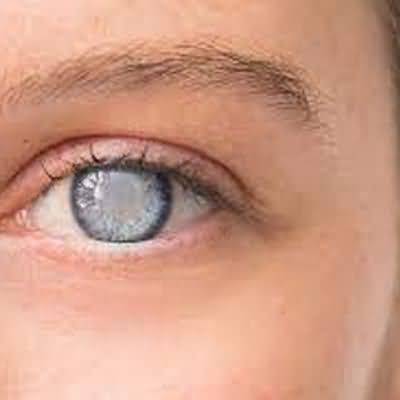Systemic hypertension
Systemic hypertension
Hypertensive Retinochoroidopathy Systemic hypertension affects both the retinal and choroidal circulations
The clinical manifestations vary according to the degree and rapidity of rise in blood pressure and the underlying state of the ocular circulation
The most florid ocular changes occur in young patients with abrupt elevations of blood pressure, such as may occur in pheochromocytoma, malignant hypertension, or preeclampsia-eclampsia
Hypertensive retinopathy can be a surrogate marker for current and future nonocular endorgan damage
Its detection is aided by nonmydriatic fundal photography
Chronic hypertension accelerates the development of atherosclerosis
The retinal arterioles become more tortuous and narrower and develop abnormal light reflexes (“silver-wiring” and “copper-wiring”)
There is increased venous compression at the retinal arteriovenous crossings (“arteriovenous nicking”), predisposing to branch retinal vein occlusions
Flame-shaped hemorrhages occur in the nerve fiber layer of the retina
Acute elevations of blood pressure result in loss of autoregulation in the retinal circulation, leading to breakdown of endothelial integrity and occlusion of precapillary arterioles and capillaries that manifest as cotton-wool spots, retinal hemorrhages, retinal edema, and retinal exudates, often in a stellate appearance at the macula
Vasoconstriction and ischemia in the choroid result in exudative retinal detachments and retinal pigment epithelial infarcts that later develop into pigmented lesions that may be focal, linear, or wedge-shaped
The abnormalities in the choroidal circulation may also affect the optic nerve head, producing ischemic optic neuropathy with optic disk swelling
Fundal abnormalities are the hallmark of hypertensive crisis with retinopathy (previously known as malignant hypertension) that requires emergency treatment
Marked fundal abnormalities are likely to be associated with permanent retinal, choroidal, or optic nerve damage
Precipitous reduction of blood pressure may exacerbate such damage


















